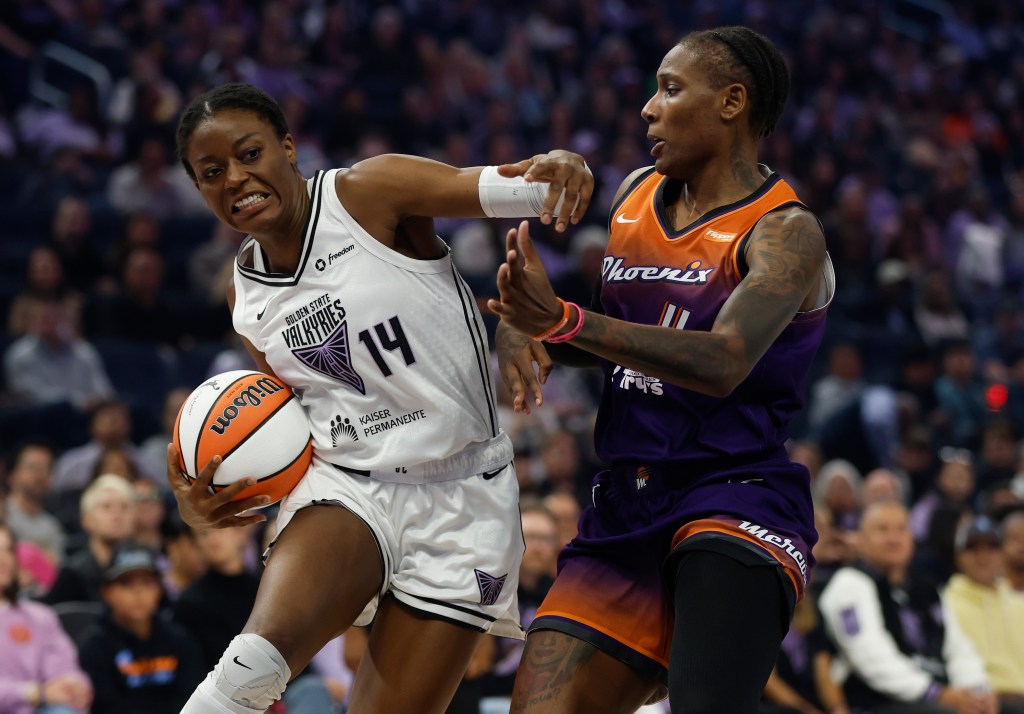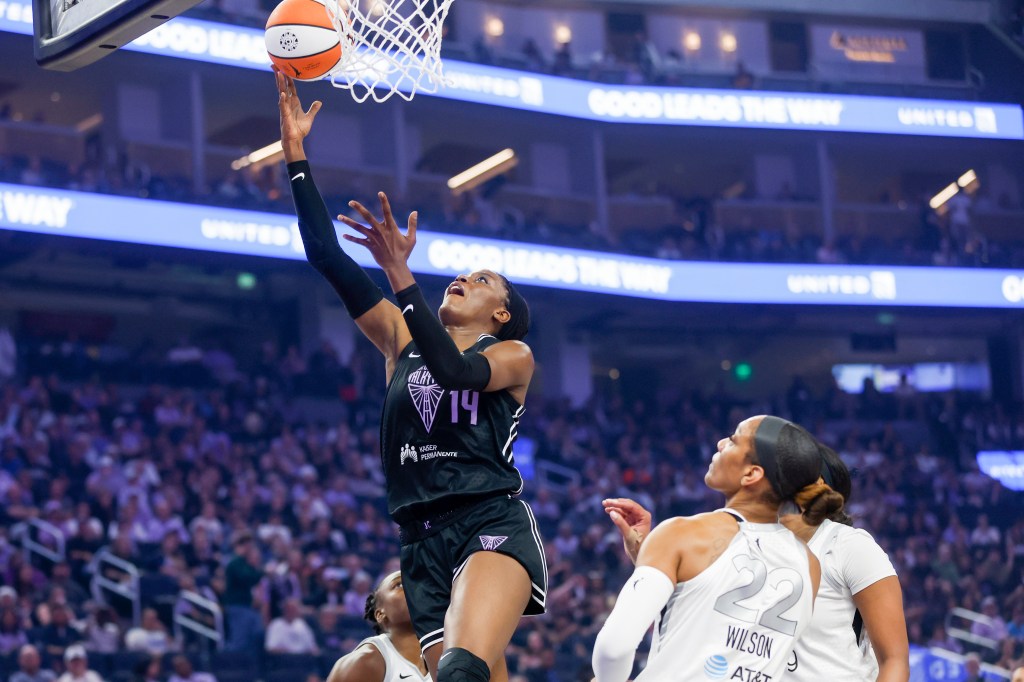
In The Karate Kid, there’s a beautiful exchange between the wise master Mr. Miyagi and the callow teenager Daniel LaRusso, in which the beloved sensei helps his student realize that mastery doesn’t always mean one must fight. The moment underscores the power of selective inaction—knowing when stepping away is the most powerful move. Sony Pictures Entertainment, the owner of The Karate Kid franchise, obviously took this lesson to heart.
While Hollywood incumbents like Disney, Warner Bros, Paramount and NBCUniversal spent ravenously chasing Netflix, Sony Pictures opted not to enter the streaming wars at all. This prudence has positioned the company as one of the more strategically nimble and relatively financially sound players in Hollywood during a period of painful contraction.
Unlike Netflix, a pure-play entertainment streamer, or Warner Bros. Discovery and Paramount Global, which rely heavily on film and TV to drive their business, Sony Pictures operates as one arm of the much larger Sony Corporation. Last year, Sony’s Game & Network Services unit generated around $24 billion in revenue (hello, PlayStation), followed by Electronics Products & Solutions (~$16.5 billion), Financial Services (~$9.6 billion) and Music ($9.1 billion). Sony Pictures (~$9 billion) ranked as the company’s fifth-largest revenue-driving division, positioning it as a nice-to-have asset but not the backbone of the company. Since on-screen entertainment doesn’t serve as the sole lifeblood of the company, Sony can afford to be a touch more patient than some of its legacy media rivals.
This shows in each company’s stock performance in the last five years (as Aug. 5):
- Fox: +102% (news/sports focus)
- Sony: +53%
- Disney: -9%
- Comcast: -24%
- WBD/WarnerMedia: -40%
- Paramount Global: -55%
Sony’s shareholder returns trail only that of Fox, which has also avoided the costly streaming wars (though the company will launch a direct-to-consumer product this year). Streaming platforms don’t turn a profit quickly. The Walt Disney Company, Warner Bros. Discovery and Paramount Global only recently reached steady streaming profitability years after launching across 2020 and 2021. Along the way, Disney ousted former CEO Bob Chapek in late 2022 after the company lost $1.5 billion on streaming in a single quarter. NBCU’s Peacock has lost around $10 billion since launching in 2020 and still isn’t profitable. Even Netflix lost money for years as it gobbled up first-mover market share. Scrooge McDuck, Bruce Wayne and Tony Stark couldn’t hemorrhage as much cash as streaming platforms have bled in the last five years.
A niche bet on anime became a streaming strategy of its own
But just because Sony didn’t invest in a buffet-style streaming endeavor doesn’t mean it ignored the digital future. Instead, the company acquired anime streaming service Crunchyroll and merged it with anime distributor Funimation, giving it a commanding presence in the growing medium. Crunchyroll has since grown from 3 million subscribers to 17 million and rising. More importantly, Sony has cultivated a marketplace community that monetizes those customers beyond a monthly subscription. Streaming, live events, theatrical film, games, consumer products, collectibles, manga publishing—Crunchyroll offers experiences for its fans across an array of touchpoints.
To that point, Sony also recently acquired a stake in game company Bandai Namco to “focus on expanding the fan community for IP such as anime and manga around the world and strengthening engagement, particularly in the anime field where rapid market growth is anticipated.” It all may be more niche than Netflix and Amazon’s one-stop-shop style, but it’s impressive and scalable.
Outside of anime, Sony sells to everyone rather than hoarding its content on a single platform. Its theatrical films head to Netflix in a Pay 1 window deal worth roughly $1 billion. (Sony Animation, a division of Sony Entertainment) has also partnered with Netflix on several animated streaming original films such as the Oscar-nominated The Mitchells vs the Machines. KPop Demon Hunters is on pace right now to become the streamer’s most-watched original animated feature ever). Sony also has a Pay 2 window deal with Disney likely worth somewhere in the nine-figure range. These licensing deals provide consistent revenue and cash flow that serve as a safety net for the studio.
Sony licenses content broadly—and profitably
Sony appears to use these earnings to reinvest in more theatrical products. Amid a noticeable decline in wide release volume from major studios that caps Hollywood’s post-Covid box office recovery, Sony has sped forward as if nothing has changed. From 2010 to 2019, the studio delivered an average of 16.6 wide releases per year. From 2021 to the end of this year, it will have dropped an average of 17 wide releases annually, per The Numbers.
Maintaining that level of volume arms the company with leverage in exhibition and distribution while maintaining the value of its pipeline to Netflix, Disney and any international partners that may come along. The library value benefits from that stable output, even though Sony Pictures itself doesn’t drive the largest domestic box office.
The small screen presents another area where the company proves equally prolific. Sony TV generates around $3 billion in annual revenue, producing successful shows for the entire TV ecosystem. Seriously, almost every major platform and network boasts at least one notable contributor that originated from Sony: Amazon (The Boys, The Wheel of Time, Gen V); Apple TV+ (For All Mankind); CBS/Paramount+ (Jeopardy!, Wheel of Fortune, S.W.A.T); HBO (The Last of Us); Netflix (The Crown, Cobra Kai, The Night Agent, Dept. Q); Peacock (Twisted Metal); Disney+/Hulu (Goosebumps); Fox (Accused); ABC (The Good Doctor); NBC (The Blacklist). While the third-party licensing market has opened up again after years of in-house consolidation, most major companies sacrifice licensing revenue to keep the best and brightest programming for their own streamers.
True, without a competitive mass market streaming service, Sony may have lowered its long-term ceiling. But thanks to the company’s diverse revenue sources, that discipline steered it clear of the SVOD minefield and preserved flexibility. A high floor of value and safety still exists in licensing and theatrical when deployed strategically. In an era dominated by the false equivalency that scale equals success, Sony’s restraint may be its greatest asset.
<




